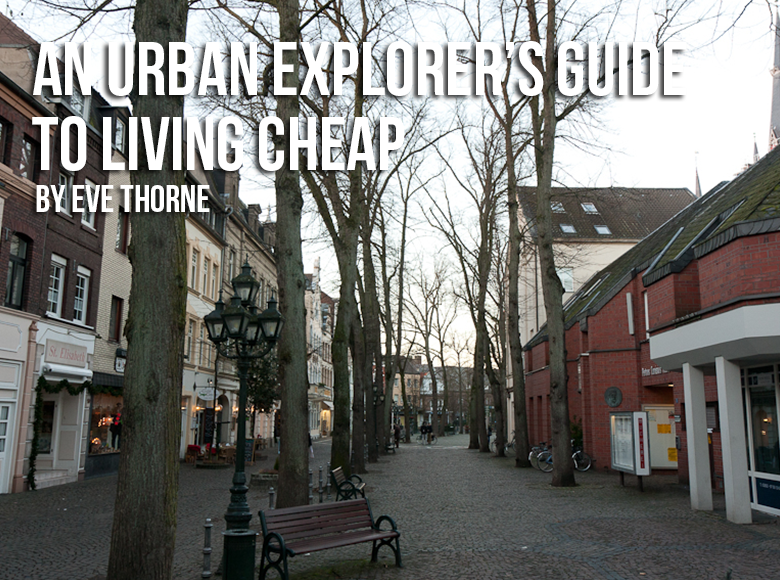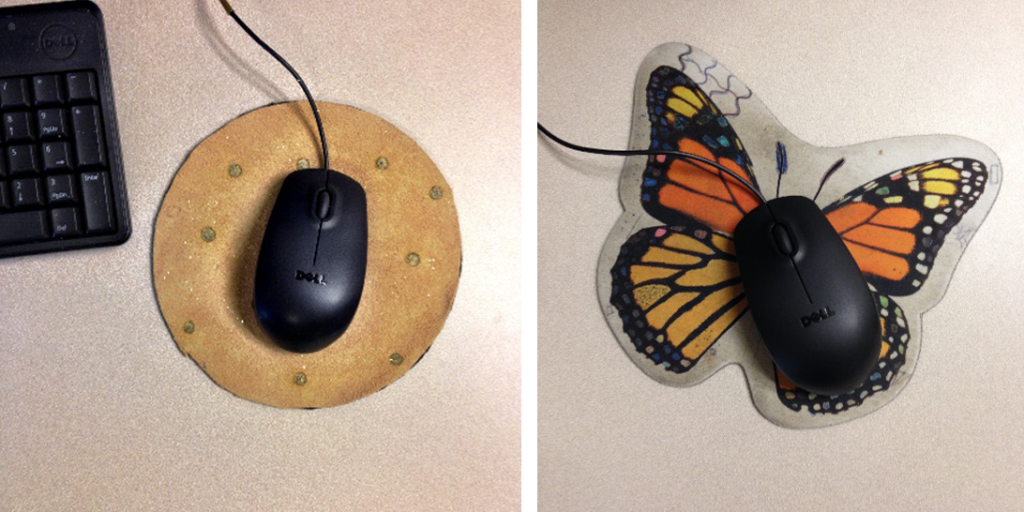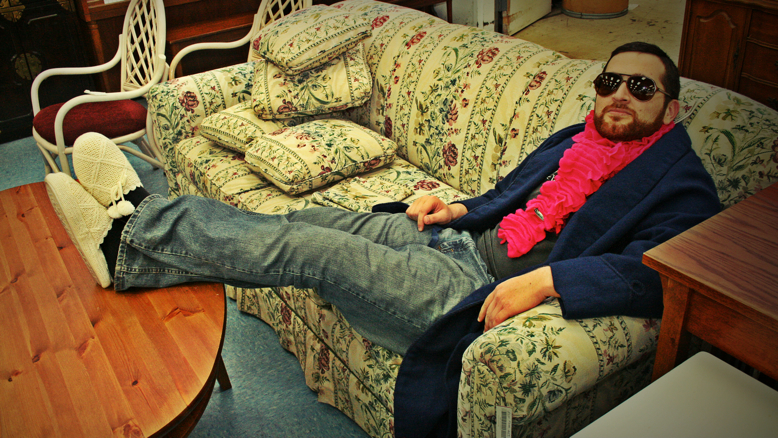I am an urban explorer. Not the kind that sneaks into abandoned buildings or climbs through underground tunnels. The kind that loves to explore the culture of her urban environment. I don’t feel at home in a city until I have a favorite restaurant, can recommend a venue, and am a regular at a cafe.
But urban exploring comes at price, one that often exceeds the budget of a student or a struggling 20something. When I was living in Portland, I was a struggling 20something, freshly out of undergrad, and trying to support myself in a brand new city. I had only a year in Portland before moving to Eugene for graduate school and so I promised myself that I would make the best of my time and explore as much of the city as possible. This was my decree, and its success was in its limitations.
When on a mission to explore a new city, you have to decide what is possible. Can I go to every café in town? No, not in a city with 175 coffee shops per capita. Can I go to every restaurant? Again no, especially if you are living in food heaven. Can I go to as many free and cheap events as I can find? Yes, that I can do. And so I began my search for affordable activities in the hipster capital of America and aptly started a blog called Portlandia of the Free (Or Cheap).
I posted five free or cheap events to my blog every single day of the week for almost a year. All of them were $10 or less and, yes, I could always find 5 events to post. In fact, I often had to narrow down the list to my top five events for the day. How did I find all of these events? The simple answer is I looked for them, but the secret is where I looked.
Become Best Friends with your Local Magazines
I am not joking when I say I think of the Portland Mercury and Willamette Week as close friends. As I write this, I find myself smiling in memory of the times we spent together, me searching through their pages for events to post to my blog and discovering the best and weirdest activities. Like the annual Naked Shopping Spree at the Red Light Clothing Exchange, where people run out of fitting rooms naked and compete to put on as many clothes as possible in three minutes, while Portland’s fantastic Prince cover band plays music to the chaos. Or CHAD Chats, Portland’s version of TED Talks, where people share sardonic PowerPoints and get drunk, of course. Or when I discovered that a local pie restaurant was letting the public judge which pie they would put on their menu next, immediately following a chocolate festival full of free samples. Food, drink, nudity, and sarcasm: that’s what makes Portland go ‘round.
I would not have discovered any of these events without my trusty local magazines. I seriously found most of the events for my blog through these publications, which is why, whenever I go to a new city, the first thing I look at is their weekly magazine. Not every city’s magazines are as good as my dear friends Willamette Week and Portland Mercury, but I guarantee you’ll find something unique and inexpensive to do.
Don’t be Afraid to Sign-up for Email Lists
As I started to attend all these events, I began to wean myself off depending on weekly magazines. I decided to get event announcements straight from the source: the venues themselves. So, I signed up on every mailing list I came across. I still get emails from Collage, a craft store that holds $5 classes every Friday and In Other Words, the feminist bookstore from Portlandia that hosts a range of free events. I also found that I wasn’t the only one curating cheap activities and joined mailing lists like Portland on the Cheap or Around the Sun. Now instead of searching for free activities, the entertainment was coming straight to me, and often I was getting in on sweet deals. I felt like I was “in the know,” which is exactly how you want to feel when you move to a new city.
Ask People Where to Go
Regardless of all my searching, there are some places I never would have found unless I asked. That great inexpensive Mexican restaurant in an alley behind a strip club my roommate recommended to me, or the gathering of local poets every month where you could hear people who didn’t perform at the big poetry slam. These were the places that finally started to make Portland feel like home, because you can explore a city all you want, but you don’t stop being a tourist until you find a community.
So, venture out there, but don’t just look for places, look for people. They’re the best form of free entertainment.

Photo by Andy Sutterfield














